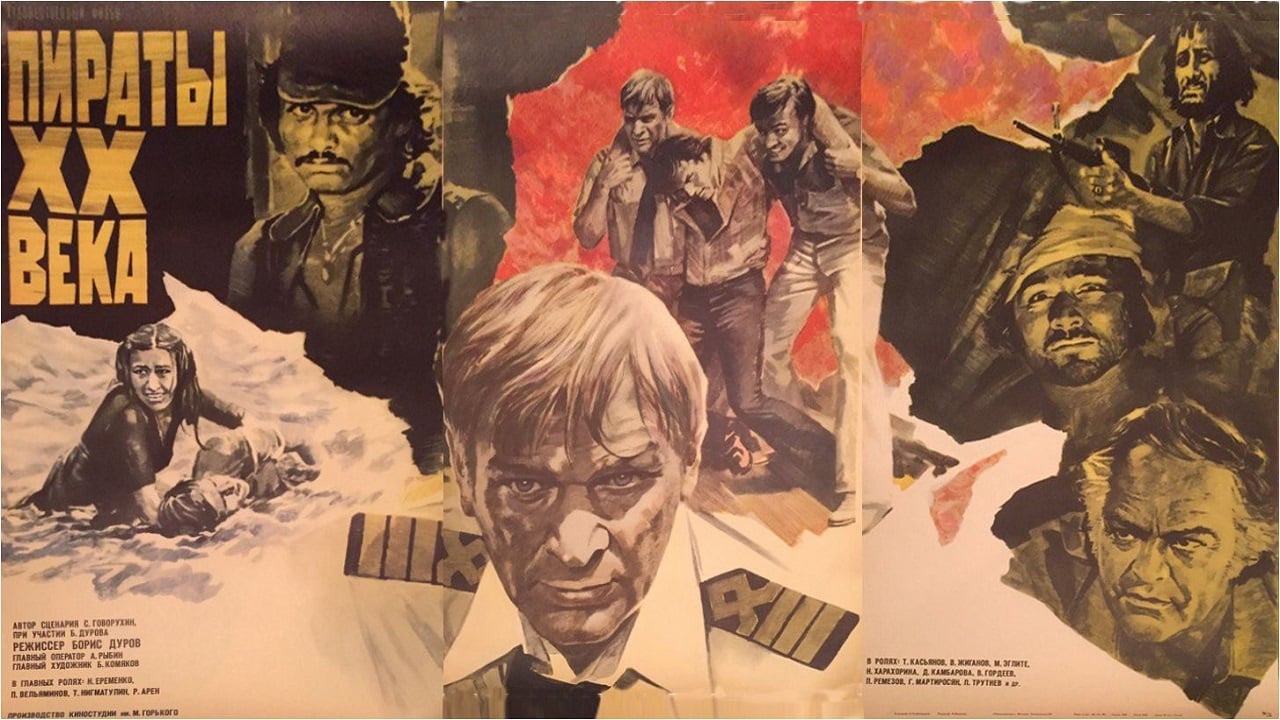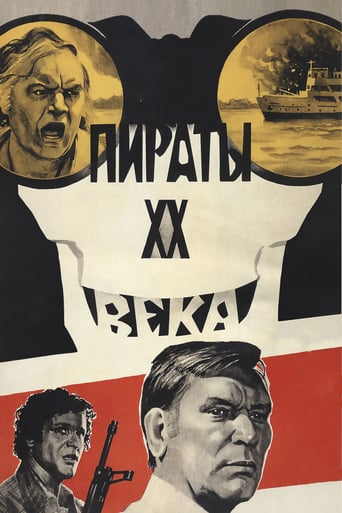



i know i wasted 90 mins of my life.
A film of deceptively outspoken contemporary relevance, this is cinema at its most alert, alarming and alive.
View MoreThe film never slows down or bores, plunging from one harrowing sequence to the next.
View MoreThere are moments that feel comical, some horrific, and some downright inspiring but the tonal shifts hardly matter as the end results come to a film that's perfect for this time.
View MoreThis film was very successful when it came out, for reasons that also make it difficult to evaluate in a vacuum today. In 1979 action'adventure films with Kung Fu were something new in Soviet cinema, and this example caused a sensation. There's even a sense that the filmmakers new this is all they had to do -- the movie has manifestly no designs on a complicated plot or characters, or on anything other than being a straightforward, fast-moving crime film. It almost seems to be shooting at being a plain, unadorned, platonic example of a genre film, which makes it suit nicely the needs of an introduction to Soviet action thrillers, but ensures it doesn't seem like anything special in comparison with similar films of other countries and/or future years. While it presents something new in the realm of contextualized genre for its viewers, it relies on some very old tropes and some rather imperialistic views of island life, and generically-drug-related international criminals. It's also surprisingly open in its violence, with people shown being shot, burned, and tortured quite unflinchingly. This against a rather idyllic-looking spotless blue sea. On it's own, this movie doesn't seem like much apart from easily- digested but insubstantial light action such as may have been produced anywhere, but the fact of its release and success in context give it some historical interest as well.
View Morenot good. only touching. unrealistic. and good seed for memories for its viewers. because it is a drawing. an exercise. crumb of future perestroika.a ball from action, patriotism, fight scenes and remarkable brave Soviet man. and sure, with ordinaries bad guys and their defeat. so, it is not exactly an artistic work but a testimony about a time. for its period, it was almost great, part of a special chain of surrogates with taste of free world movies. that is explanation for a gentle verdict. because , like many films, it is part of a kind of public youth, a form of entertainment.not very interesting today, not coherent or really smart but not bad in a cold Brezhnev regime.in fact, it was and remains a pretty occasion to live impressive scenes.
View MoreThe Pirates of the XX Century is a romantic action-adventure thriller, which explores eternal themes of naval folklore: kung-fu and male bonding. According to many film critics of the time, it was the first but sadly not the last attempt of Soviet movie makers to convincingly portray complex philosophical dilemmas associated with kicking other human beings into the facial and reproductive areas. It does however manage to rate far above similarly themed American masterpieces, such as Rambo, Delta Force and Home Alone. The plot of the film focuses on a Soviet merchant marine vessel, which is attempting for the purposes of world peace to transport a cargo of narcotics into the Motherland. It is implied that the drugs are to be used by the Soviet government for noble and humane causes, such as perhaps to keep dissident scientists in prison "clinics" on their best behavior. However complications soon arise. This happens to the great surprise of Soviet viewers, who were fully expecting the vessel to complete its journey safely and uneventfully and end the film with a rousing speech at the local Party committee in the port of their destination. It is not to be so. The vessel is attacked by capitalist bandits who appear to have skills in forbidden and inhumane "karate" fighting and have facial features similar to those of the natives of Tajikistan. The Soviet audience is left to guess about what these "pirates" goals might be. They may or may not have something to do with the narcotics. This, however, becomes completely secondary when the vessel's radioman is dispatched by means of an axe, providing for a full-year's worth of arguments among Soviet schoolchildren on whether the actor was actually killed in that scene. (Red liquid was clearly visible in the shot, covering the unfortunate radio specialist's face.) The conflict of two completely different social systems and schools of judo follows. For some, completely unexplained, reason this happens near an island whose entire population consists solely of photogenic women of vaguely Uzbek appearance. As the suspiciously Tajik-looking "pirates" seize the vessel, a series of talks between them and the crew commences, though the purposes of this lengthy exchange are never quite clear. Apparently, the Soviet captain is trying to either appeal to the "pirates" better nature or to blackmail them with something. The Uzbek women, meanwhile, tell the crew the sad story of their occupation and enslavement by the "pirates". The crew listens in between short and purposeless skirmishes with the enemy, as more high kicks and grunts are displayed to the overwhelmed viewers. Eventually, perhaps growing tired of the strange script, the Soviet captain tries to escape, leaving the vessel and its precious cargo in the capitalist hands. This does not end successfully however as the "pirates" chase the crew's lifeboat down. Seeing that all the possible options have been exhausted, the captain decides on the last desperate measure: he orders a curly-haired engineer named Seryozha to take off his shirt and beat everyone up. Which Seryozha, right after chastely kissing a bespectacled female accountant on the cheek, duly does, utilizing the best of the Soviet SAMBO combat technique. Unsurprisingly, it also involves a fair amount of kicking. As all the "pirates" are lying around dying of shame, the film concludes with a happy ending. Except for the Uzbek women, whose fate remains a mystery. The moral however is quite clear: do not trust the evil Tajiks.
View MoreExotic locations, big guns, long, tan legs, martial arts -- this movie had everything Soviet teens so longed to see. Back in the days when Rocky and Rambo where denounced as propaganda of violence, VCR's were scarce and movie tickets still cost 50 kopeks, the question to any Russian young man was not whether he saw "The Pirates of the XX Century", but how many times. A "10" in the 1979 Soviet Union, it is no match for today's Die Hard type movies. It does not have the THX sound, or big budget explosions, or even a big star, who can not only flex muscles, but deliver a large than life emotional performance. In fact, it is more realistic than Die Hard in that it pitches a whole ship's crew against the bad guys, rather than a superhuman loner. Naturally, there are talented and brave leaders, but every deck hand gets an important job he has to carry out before the Soviet freighter, hijacked by the modern day pirates, is freed. A concept so close to the Soviet propagandists' hearts that the movie actually made it to the screens - the first of its kind. It paved the way to many more homegrown action flicks, some better, most worse, all eventually beaten out by Hollywood. But if one wants to know what stuff the Russian boys of the 80's are made of, "Piraty" is a must.
View More